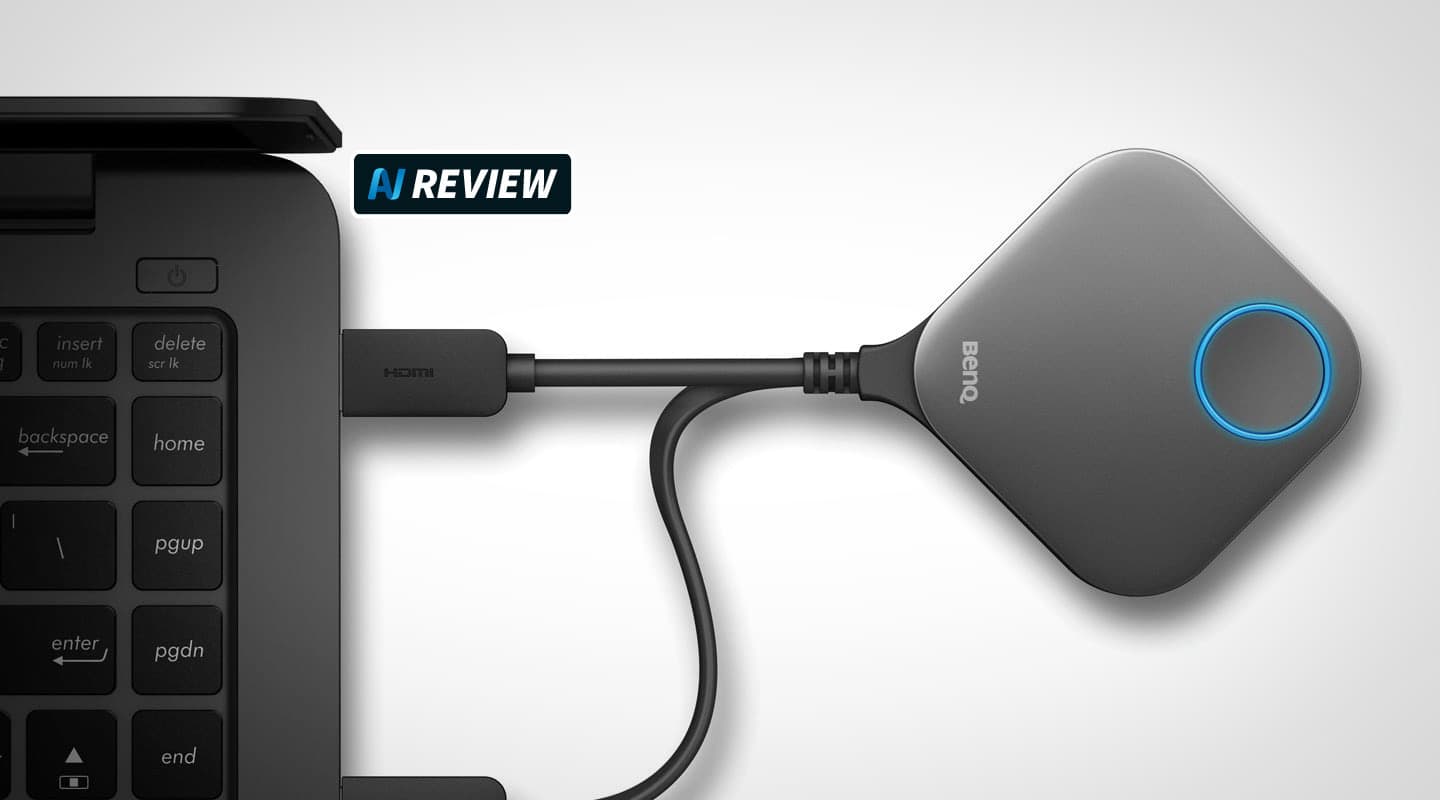
Review: BenQ WDC20 InstaShow
BenQ’s new WDC20 InstaShow is a neat casting system with a couple of tricks up its sleeve.
Apple and Google spoil everything. What was once tech sorcery now comes standard with your smart-toaster.
Such it is with casting. In a pandemic world where live streaming clogs the web’s arteries, even your grandma is casting Kings College evensong video from her device to her TV — AirPlay, Roku, Amazon… a Chromecast dongle costs a paltry $60 from Harvey Norman.
Away from the living room, the original ‘one cable’ presentation sy stem, Barco’s ClickShare, demonstrated that reliable and tactile screen casting is something business is willing to buy in droves. Word has it, that Barco was particularly astute in the wording of its patent, and particularly vigilant in its enforcement. Fair dues. It did ensure ClickShare has held onto the lion’s share of the market for a long period. It’s a neat system and deserves every success.
To compete in this market you need some USPs (‘unique selling points’, for all those non-BDMs and marketing types).
BenQ has a few to discuss.
EASE OF USE
BenQ’s new WDC20 InstaShow is a neat system with a couple of tricks up its sleeve.
First up, it ‘installs’ super easily. I plugged the dongle into my MacBook Pro via an Apple USB-C breakout cable. The InstaShow Host (which has an integral 802.11ac wifi router) pairs with the WDC20 Button, illuminating the Button’s button solid green, letting you know you’re good to go.
Once the WDC20 is sharing your screen, the 802.11ac wifi is super responsive. There’s some image compression and encryption going on between the Button and the Host but as I’m typing this review right now, looking at the shared screen, I can do so comfortably without any appreciable sense of lag.
Sharing static content, such as spreadsheets and photos is the WDC20’s sweetspot. It does have a higher frame rate setting (up to 60fps) for sharing video.
There’s no software to install, so anyone can walk into a InstaShow room and start presenting once the Button is plugged in.
MORE INFO
Price
$2499 SRP (incl Host, 2× Buttons, caddy & leads)
Contact
BenQ Australia: (02) 8988 6572 or www.benq.com
[email protected]
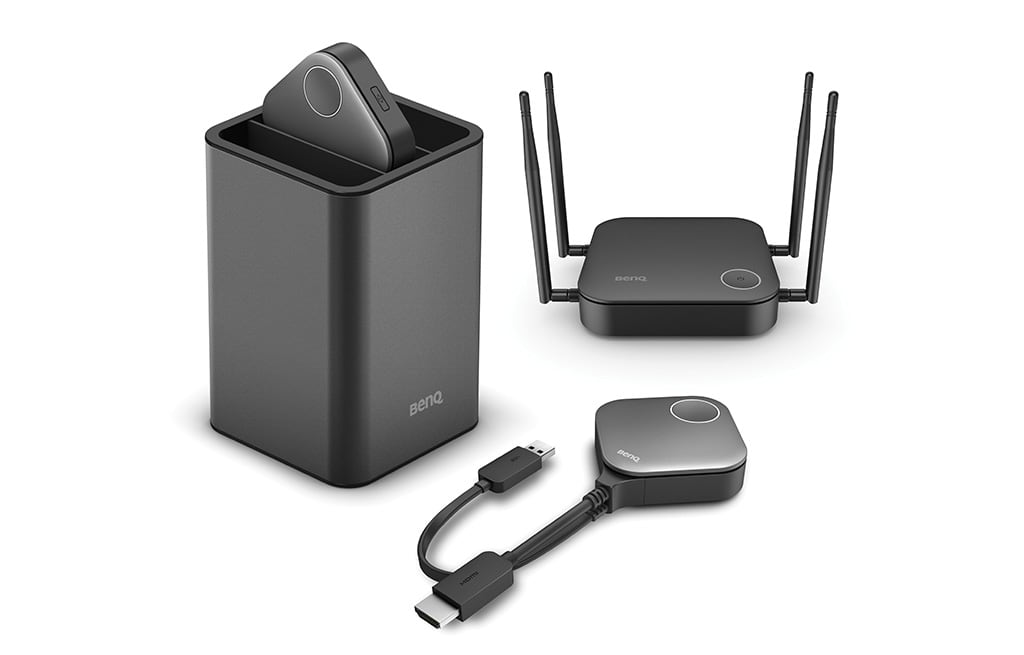
The Host: This is the core of the system and can establish wireless connections with up to 16 Buttons concurrently. It receives the streaming data delivered by each Button, and manages the EDID and other software to ensure that video and audio is displayed correctly. To control the host, the IT staff will use the LAN port. For secure environments, the unit can be locally controlled. When the Host is connected to the enterprise network, the monitoring staff cannot see or obtain any of the content or streaming data shown on the host.
THE APP
No laptop? No problem. The WDC20 is happy to play with your Android or iOS device. Download the app, and join the meeting wirelessly. It does mean that almost any contraption with a display can join.
The WDC20 will display up to 4K images using HDMI 1.4. It’ll also do some clever screen tiling for simultaneous presentations. There’s a button on the side of the Button dongle that allows up to four people to contribute. It’s a nifty feature.
There’s a touchback feature for Windows users that will be a handy addition to the armoury of interactive displays like the Microsoft Hub, and others that run on Windows such as the Sharp offering.
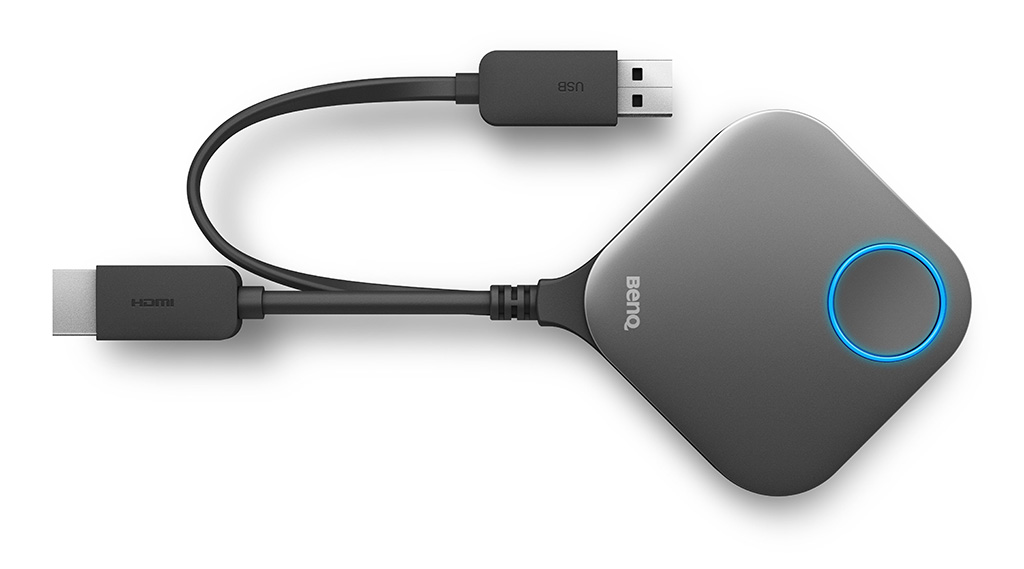
Buttons: The USB cable is mainly responsible for the system’s power supply, while the HDMI cable is for receiving audio/video data from the presentation device.
SECURITY
Security is a big deal. BenQ recognises how loath IT departments are to allow random devices and guest PCs to join its network.
There are a few obvious features that will lower the pulse of IT people. From a host’s perspective, the WDC20 doesn’t need to join the enterprise wifi network. In fact, the WDC20 Host hub can operate in isolation. A network port means the IT department can indeed control and monitor the Host remotely but it’s possible to access the Host’s control panel separate to the enterprise network.
From a visitor’s perspective, there’s no app to download. Instead, InstaShow creates its own unique encrypted network that manages the video, audio, and encryption process without either exposure to the presenter’s device or as a burden to the enterprise network. This is good news for those with locked down laptops. Joining the session is as easy as plugging one of the Buttons in.
NOT A LUXURY
Apple, Google and the like may have popularised casting but they’re not an enterprise solution (even for security reasons alone). But Apple and Google has ensured that clients visiting meeting rooms not only expect to be able to share their screens but for it to be easy. This is the world the BenQ WDC20 Instashow confidently enters. It’s exceptionally easy to use; considerable thought has been given to the security measures; and there some notable features — such as the four-screen tiling, the Windows touchback, and the ability to bring mobile devices into the InstaShow session — that give this system real appeal. Add the fact that the pricing is keen, and I can see BenQ making an impact in the meeting room AV space with InstaShow.

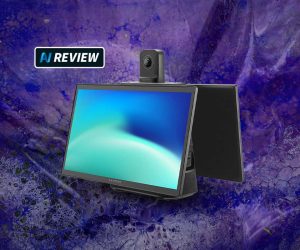


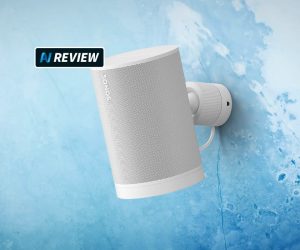
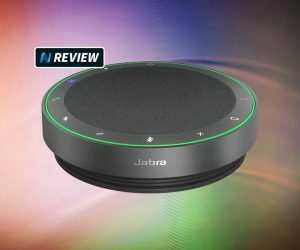
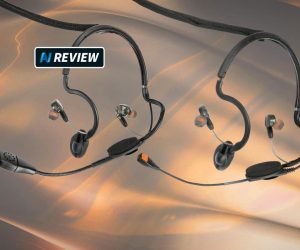
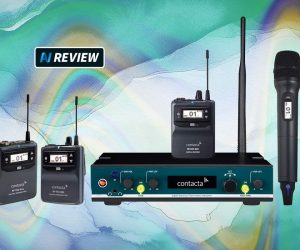

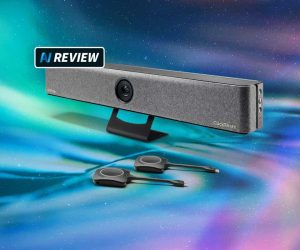
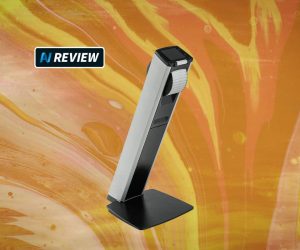
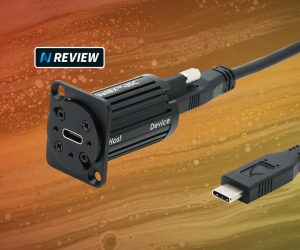
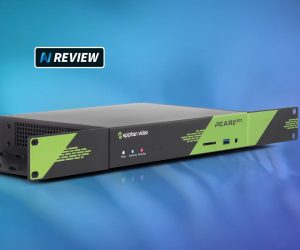


RESPONSES